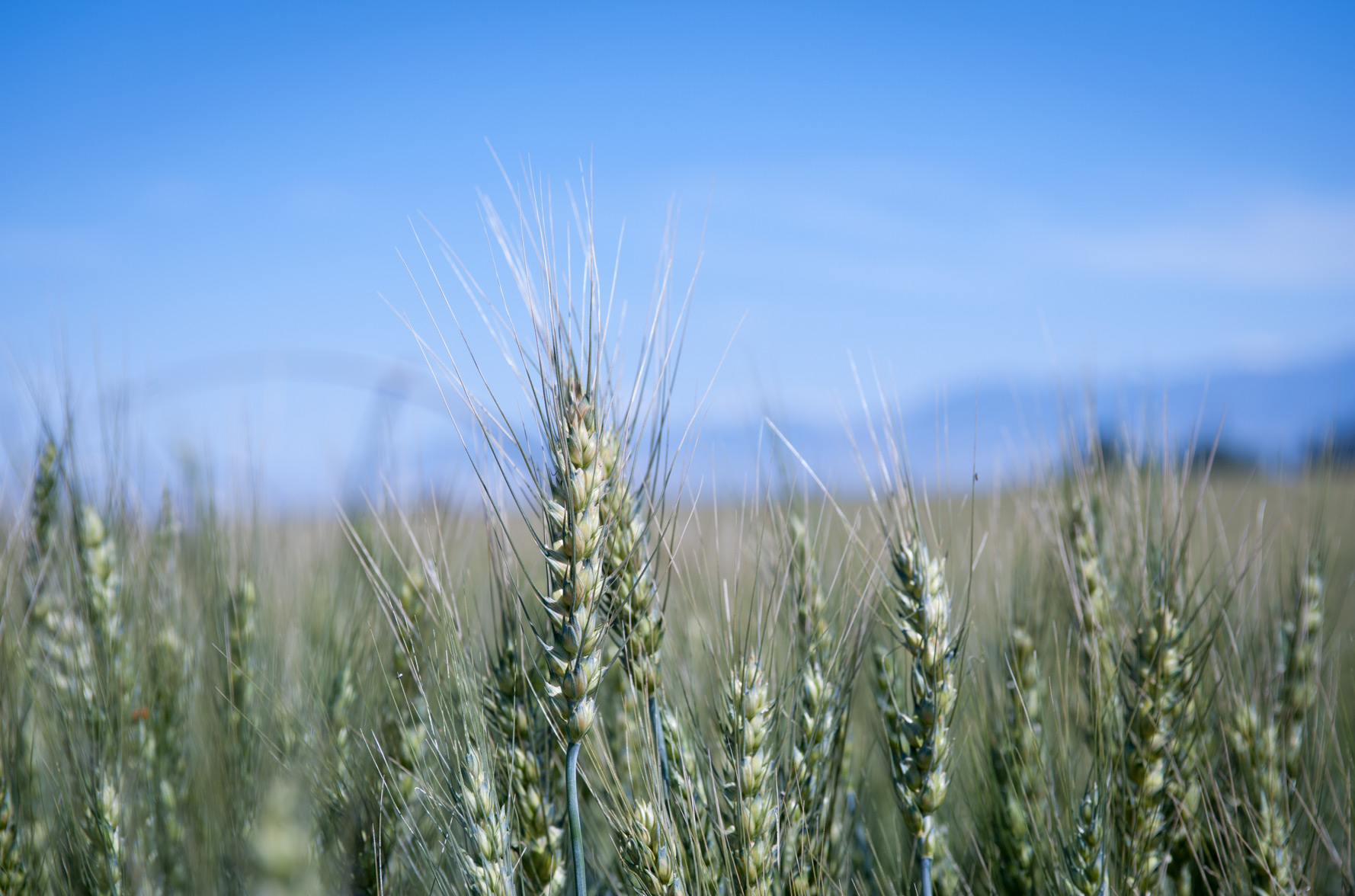The wheat midge is an orange insect the size of a mosquito with the appetite of a lion. The voracious pest, which feeds on wheat kernels, annihilated crops across the Flathead Valley in 2006, leading to an estimated economic loss of over $1.5 million for local farmers.
Nearly 10 years after the first significant outbreak on record in Montana, the orange blossom wheat midge has invaded 17 other counties across the state, laying siege to the billion-dollar wheat industry.
But now, thanks to research conducted locally, growers have a newfound defense.
Scientists at the Northwestern Agricultural Research Center in Creston have developed the first midge-resistant wheat variety, named “Egan” after Egan Slough, the epicenter of the original outbreak.
The resistance gene created in the laboratory near Kalispell is highly effective, resulting in almost complete mortality of the wheat midge and its larvae, according to scientists.
Spring wheat growers across Montana will be able to purchase the blend of wheat in 2016.
“The research here will save and help producers across the state,” Charles Boyer, the vice president, dean and director of the Montana State University College of Agriculture, told a crowd gathered in Creston on June 24.
The breakthrough in midge resistance illustrates the continuing legacy of the local facility, which is one of seven agricultural research centers across Montana devoted to helping the state’s farmers and ranchers.
Over 100 people gathered at the Creston research center last week for a field day that included presentations on the midge-resistant breakthrough, as well as continuing research on water-use efficiency, which could help revolutionize the state’s aging — and vital — irrigation systems.
The crowd featured a large contingency from MSU, including president Waded Cruzado, who praised the local center for being a pivotal part of the state’s vibrant agricultural legacy and the school’s role as a land-grant university.
“These agricultural research centers were established to discover new knowledge and better products,” she said. “These centers are at the forefront of innovation and solving the problems of agriculture.”
Established in 1947, the Creston research center operates on 225 acres with a faculty of researchers, professors and students. It operates as part of MSU’s agricultural program.
Agriculture remains the largest industry in the state, generating roughly $4.7 billion annually. In this region, the industry generates roughly $152 million in annual revenues, according to MSU. There are 1.11 million acres of farm and ranch land in Northwest Montana.
The local research center provides economic and environmental data that helps local farmers and ranchers with production and quality.
“The research here is providing answers for the rest of the state,” said Barry Jacobsen, associated director and head of the department of research centers for the Montana State University Ag Experiment Station.
